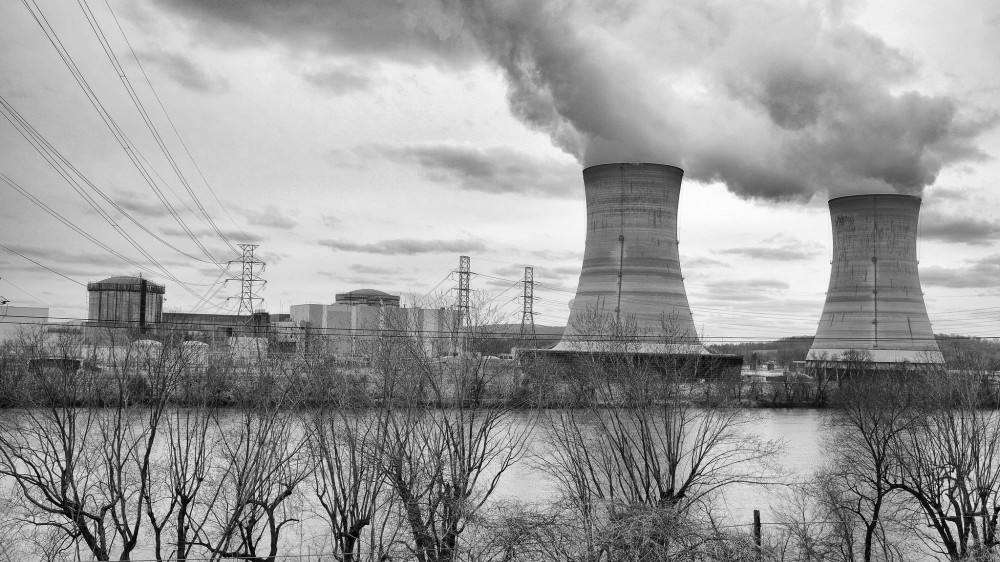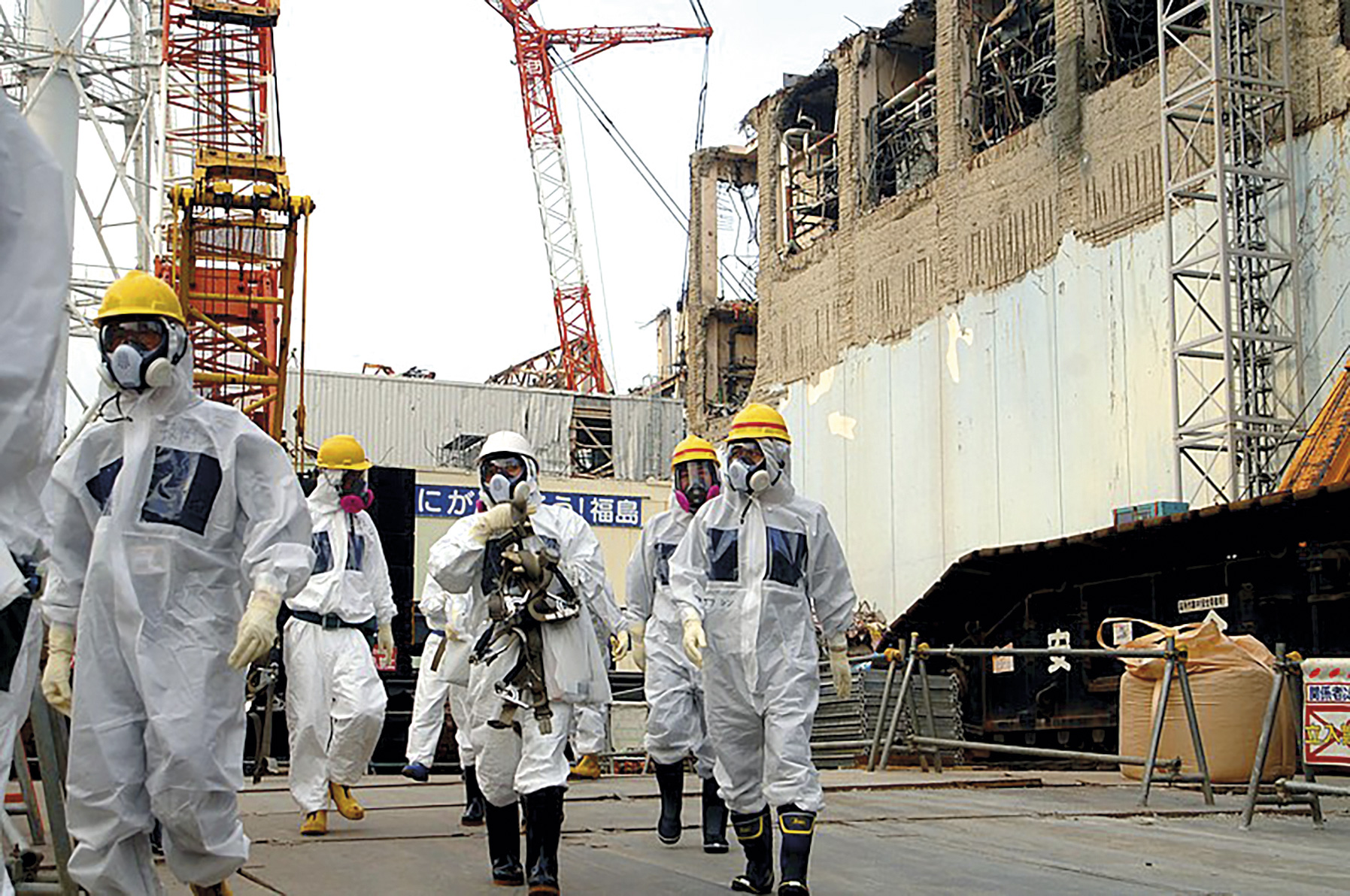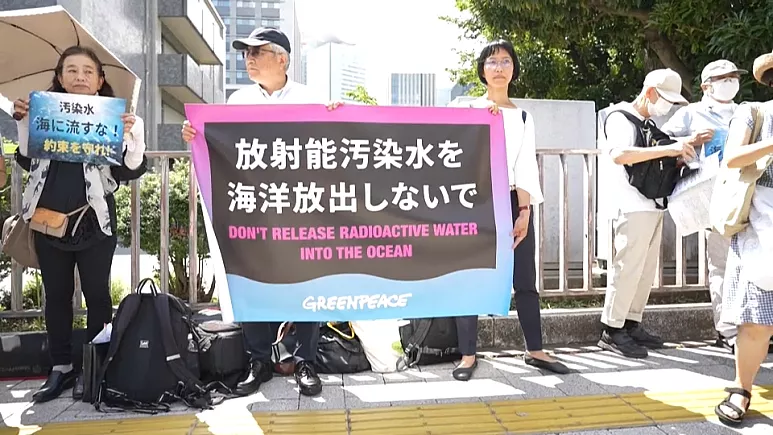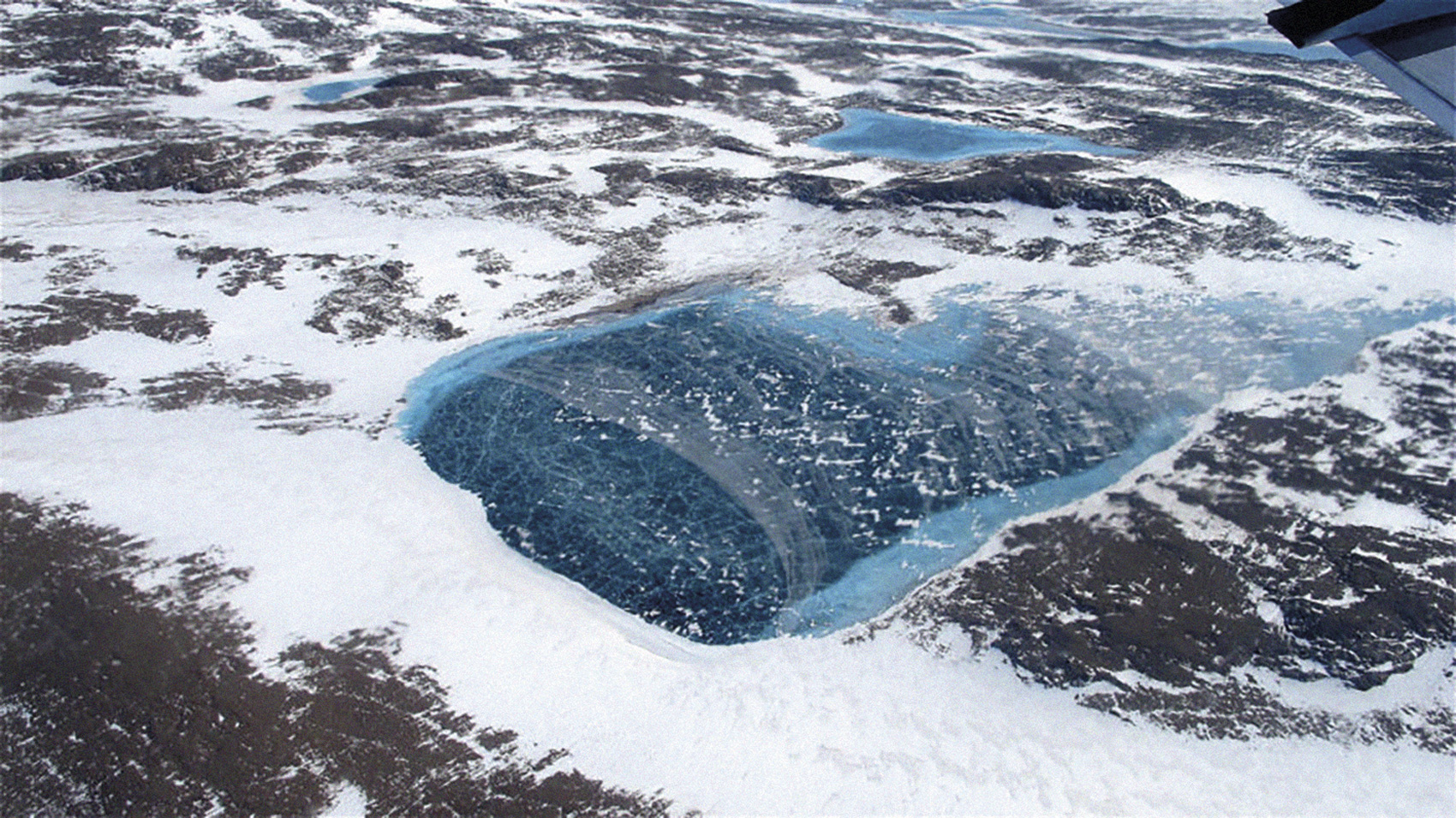Idinthakarai women are pioneers in India against nuclear weapons
- India already has 21 nuclear reactors in its seven power plants, six more under construction and the authorities point out that by 2032 the capacity of the atomic furnaces is six times higher than today, although most of the fuel has to be imported from abroad. Faced with this offensive, several organizations and peoples continue to fight, including those living alongside the Kurdankulam power station, led by women.
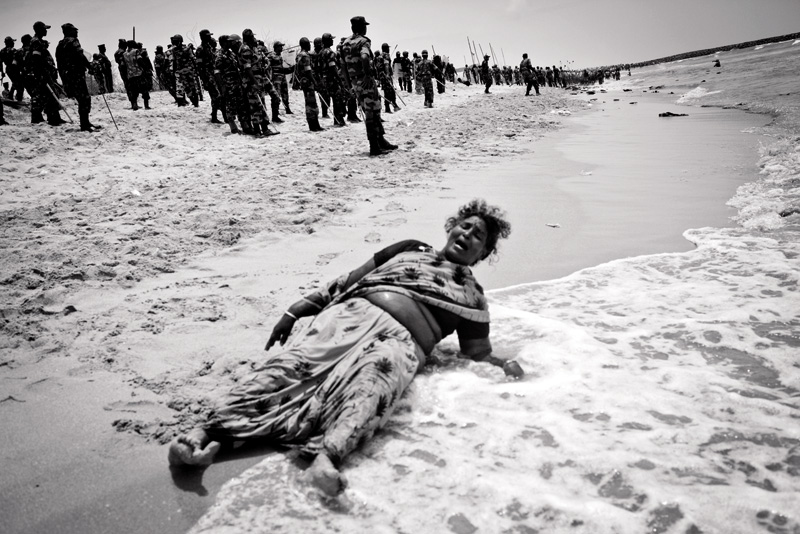
On the beach, where small wooden boats for fishing are landed, thousands of people protest on the shore, far away the nuclear power station appears, a police plane that intends to disperse the demonstration above the heads of people … It is not the pretty blonde girls or the children with bearded beards that have come in the van, but the poor citizens of tanned skin scream against the nuclear, is it not “Atomkraft? Nein danke!” says the smiling sun that awaited you the revolt. You're in India, and here they scream, "No nuclear, thank you," male fishermen and women who have taken refuge in the Catholic church.
The indignation of the people and the brutal response of the authorities have been collected by Amirtharaj Stephen on his blog: “Koodankulam: A Nuclear Plant In My Backyard.” The photographer confesses that in his youth he himself did not care much about the dangers of the atom: as his father worked in a modern work center that produced heavy water for the nuclear, also called deuterium oxygen, he was taught since a child that there was no trade.
Like Amirtharaj Stephen, the population of the Kudankulam region did not care too much about the nuclear power plant they were building alongside them until the Fukushima disaster in Japan in 2011, due to the earthquake and above all to the subsequent tsunami. Kudankulam, located at the lowest end of India in the state of Tamil Nadu, immediately recalled the other great tsunami that ravaged this coast in 2004: What if I had found the uranium-filled radioactive casserole that was about to start in 2011?
In a photo by Stephen, thousands of refugees at the door of the Catholic Church during the siege imposed by the authorities, in the other night camp – those of Gipuzkoa Zutik have not invented anything – on the central beach, the police spread people with clubs, the woman cannot stand up on the shore among the police, more women on hunger strike inside the church…
The biggest protests have taken place in the seaside town of Idinthakarai, where journalist Vidhi Doshi has sent a chronicle to The Guardian newspaper: “The lonely struggle of India’s anti-nuclear protesters” which begins: “Women are leaders in the protest against the nuclear power plant in the state of Tamil Nadu, but in India there are few people who know what people they are and who have left them alone in their struggle.”
In the chronicle of June 6, Vidhi Doshi has reported how five women have begun their hunger strike that day, leaving their daily work. It was the 1,754 day of the rotating hunger strike started in 2011 in the Catholic Church of Lourdes Matha. Celina, 73, says: "There is not a single government, not a political party, not a single party that has positioned itself in favour of us. Neither Andra Mari nor anyone helps us.”
The first protests against the nuclear power plant began in 1980 in the village of Idinthakarai, in the state of Tamil Nadu, in the south of the country. In 1988, Presidents Rajiv Ghandi and Mihail Gorbachev signed with the support of the Soviet Union the agreement for the construction of two reactors. Although it appeared that the project had been lost in limbo after the collapse of the Soviet system, they revived and the works began in 2002.
The atom on the beach of poor fishermen
Following the construction of the new heavy water landing pier and other Kudankulam materials, the authorities announced in 2008 the construction of four new reactors. The first reactor was launched in 2013 and construction works for numbers 3 and 0 began in February 2016. In total, 6.8 GW of power is produced in the complex. Celin said, “How can we allow the second to start when the first has given so many technical problems?”
The Government of Narendra Modi has promised to bring electricity to the homes of the 300 million Indians who do not yet have electricity. India, which, thanks to its cheap hand work, has achieved a position among the subcontractors of the globalised economy, has a high demand for electricity. Only China and the United States consume as much energy as India. In energy imports, USD 120 billion has been spent last year.
The Government presents nuclear as the solution to energy hunger, which is the basis of the nuclear organization of the Power Corporation of India. But despite these enormous investments, the atom only meets 2 per cent of the needs of the Indians.
SP Udayakkumar, an antinuclear entrepreneur, says: "If India got half or a third of the energy it needs from nuclear, then its supporters would be right. But after so many years of beating and crushing people like Idinthakarai, you have to wonder if it has served anything.”
One of the roots of the emphasis on the atom is that the Udayakkumar see in a desire for prestige: “To whom do these nuclear power stations benefit if not the foreign companies that build them in India?” Prestigious authorities selling central energy to a distant industry and citizens of the area still without electricity.
Following the collapse of the Soviet Union in 1989 and the assassination of Rajiv Ghandi in 1991, Deve Gowda and Boris Yeltsin signed the monitoring of nuclear projects in 1997. Since then, countries such as Canada, the United States, Australia or Japan have also taken parts of the Indian nuclear agenda.
To ensure that there is no doubt, Barack Obama has signed a treaty on his last visit to India that limits the responsibilities of American companies in the face of any traffic accident.
Meanwhile, protests against the Kudankulam plant are still in Idinthakarain. Some have become tired because activists have brought problems to the people or because it is useless to face enemies that are too strong: “The great states of the world are in this, how are we going to stop them?”
Many others have intensified their protests following the Fukushima disaster. On the other hand, the police beat them more and more strongly. The development projects they promised have remained nothing for the authorities, no one has ever seen a single emergency plan.
On 11 September 2011, a mass hunger strike began in Idinthakarai and Kudankulam to respond to the violence of the authorities with Ghandi methods. In recent years, the police have killed five citizens and wounded a multitude of people, as well as other administrative sanctions. According to Vidhi Doshi, in almost five years women alternate in fasting in the Catholic Church of Lourdes Matha.











